Not long ago, one of our clients, Mr. Thompson, wanted to save even more money on his power bill, so he added more solar panels. But instead of asking us what to do, he just hooked them up to his old inverter, which couldn’t handle the extra power. Two weeks later, he called us in a panic because his inverter had overheated and stopped working. This incident sparked an important conversation about the safe and efficient connection of solar panels to an inverter. How many panels can an inverter safely handle? Can you ever have too many solar panels connected to an inverter?
It’s not a good idea to connect more solar panels to an inverter than it’s rated for. But if the total power output of the solar panels matches or is within the maximum rated capacity of the inverter, then it’s safe and efficient. Overloading an inverter with too many panels can cause a number of problems, including reduced efficiency, potential damage to the inverter, and safety concerns due to overheating. Making sure your solar panels and inverter are properly matched is crucial to maintaining a safe and efficient solar power system.
To navigate the complexities of matching solar panels with an inverter, it’s important to understand several key topics. In the following sections, we’ll dive deeper into these topics so you can make informed decisions about your solar energy system.
- Understanding inverter capacity
- Understanding the risks of overloading an inverter
- Guidelines for properly sizing solar panels to an inverter
- Solutions for managing additional solar panels.
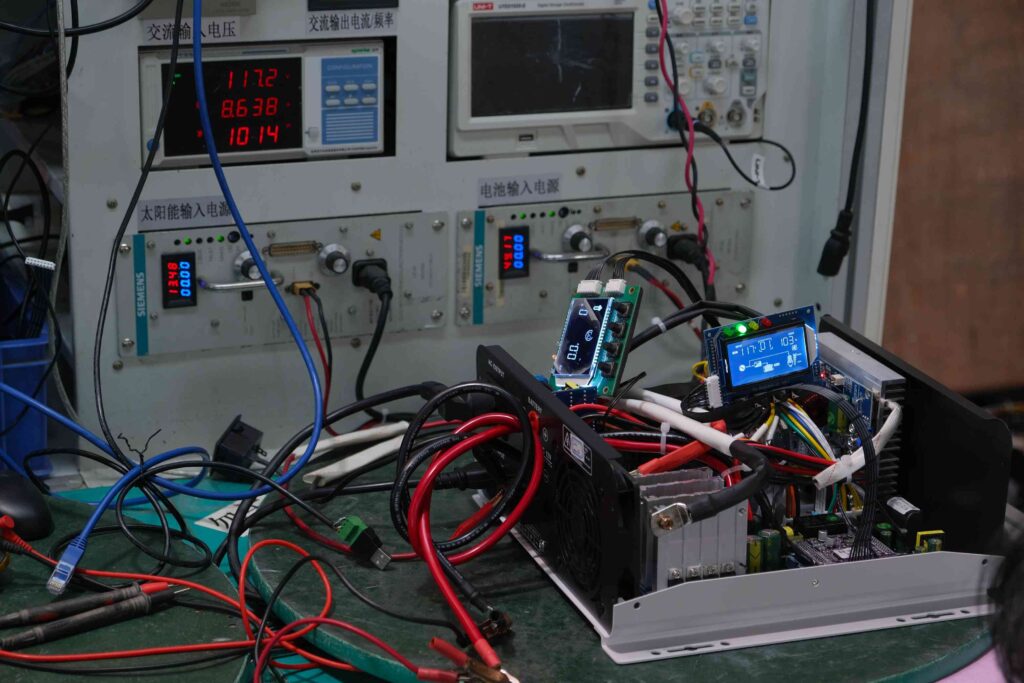
1. Understanding Inverter Capacity
The capacity of an inverter, measured in watts (W) or kilowatts (kW), is a crucial factor that determines how much power it can handle from solar panels. This rating not only tells us the maximum power the inverter can safely handle, but also indicates its operational limits. Inverters are designed to operate within a specific power range, ensuring that the conversion of energy from DC to AC is both efficient and safe.
A critical feature found in many modern inverters is Maximum Power Point Tracking (MPPT). MPPT allows the inverter to adjust the voltage and current from the solar panels to maximize power output, adapting to different sunlight conditions throughout the day. In essence, it ensures that the solar panels are always operating at their best power point.
However, problems can arise when the power generated by the solar panels consistently exceeds the rated capacity of the inverter. In these situations, despite the benefits of MPPT, the inverter may struggle to maintain efficiency. Overloading the inverter can result in reduced performance and may cause protective shutdowns to prevent damage. This not only impacts the overall productivity of the solar system, but it can also shorten the lifespan of the inverter due to increased thermal stress and operational strain.
2. Potential Risks of Overloading
Overloading an inverter with too many solar panels introduces significant risks, impacting system efficiency and compromising safety and compliance.
- Reduced Efficiency and Lifespan: Connecting more panels than the inverter can handle often leads to “clipping” during peak production times. Clipping occurs when the inverter limits the energy output to its maximum capacity, even if it’s receiving more power from the panels. Clipping results in energy loss and puts additional strain on the inverter, potentially shortening its lifespan due to the extra heat and stress on its components.
- Safety Concerns: Exceeding the capacity of the inverter increases the risk of overheating, which can degrade the performance of the inverter and create dangerous situations. Overheating can cause damage to the components inside the inverter and, in extreme cases, can create fire hazards, jeopardizing the safety of the entire system and property.
- Warranty and Compliance Issues: If you install more panels than your inverter is rated for, you could void the manufacturer’s warranty, leaving you high and dry if anything goes wrong. Plus, you might not meet local electrical codes and regulations, which could lead to legal trouble, fines, or problems with insurance claims. It’s important to follow the guidelines to keep your warranty intact and stay on the right side of the law.
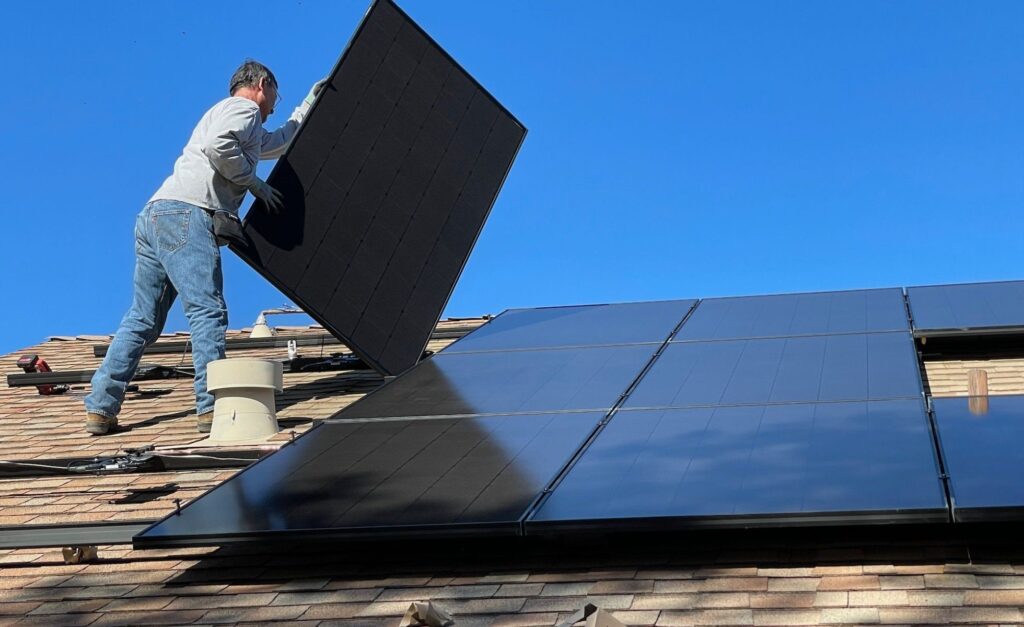
3. Correct Sizing of Solar Panels to Inverters
To make sure you get the right size inverter, add up the wattage of all the solar panels you want to connect and compare it to the inverter’s max wattage. To be safe, you should run the inverter at less than its max capacity to account for changes in sunlight intensity and panel efficiency, which can happen because of things like clouds or the angle of the sun.
It’s a good idea to have a 10-25% buffer below the inverter’s rated capacity to avoid overloading it. This buffer helps you avoid clipping during peak solar production, which makes your solar system more efficient and longer-lasting.
4. What to Do If You Have Extra Panels
If you’re expanding your solar panel system and you have more panels than your inverter can handle, you need to manage those extra panels properly to keep your system running smoothly. Here are some things to think about:
4.1 Upgrade Your Inverter
The first and often easiest way is to upgrade your existing inverter to one with a higher capacity. This is especially useful when the increase in panel output is much more than what your current inverter can handle.
By upgrading to a more powerful inverter, you can make sure that all the electricity you generate gets converted efficiently without overloading the system. When you’re picking a new inverter, think about your future expansion plans, too. Getting an inverter that can handle a little more than what you’re currently putting out can save you from having to upgrade again later.

4.2 Add Another Inverter
If upgrading isn’t an option or if your solar panels are spread out in different directions or parts of your property, installing another inverter might be the way to go. This is especially helpful for larger properties or commercial installations where panels might face different directions and get different amounts of sunlight throughout the day.
By adding a second inverter, you can separate the panel arrays based on their direction or location, which makes the energy conversion process more efficient and cuts down on any losses you might have from mismatch or shading issues.
4.3 Use Microinverters
A more advanced and more popular option is to use microinverters. Unlike traditional string inverters, which have one inverter that handles the output from a bunch of panels, microinverters get installed right at each panel. This setup lets each panel work on its own, which is great if some panels get different amounts of sunlight because of shading, debris, or the way they’re facing.
Microinverters make the whole system more efficient by keeping one panel from affecting the others. They also make it easier to expand your system because you can add new panels without worrying about how much your central inverter can handle.
Related Resource:
Microinverters Vs. String Inverters: A Comparative Study
Each of these options has its advantages, and the best one for you depends on what you need and how your solar setup is laid out. Upgrading to a bigger inverter is usually easier and can save you money if you think you’ll add more panels later. But if you want more flexibility and efficiency, especially if your panels are in different places and get different amounts of sunlight, you might want to add another inverter or go with microinverters.
Plus, when you use microinverters, you can keep a closer eye on how your system is doing because you can track each panel’s performance by itself. This detailed monitoring makes it easier to spot problems with individual panels, which means you can take care of them faster and easier.
Conclusion
You can technically hook up more solar panels to an inverter than it’s rated for, but it’s not a good idea because you’ll lose efficiency, you could mess up your stuff, and it’s not safe.
If you get an inverter that’s the right size for the number of panels you have, or if you use more inverters or microinverters, you can make sure your solar power system works right and keeps you safe, which means you’ll get the most out of your investment and your energy source will be more sustainable.




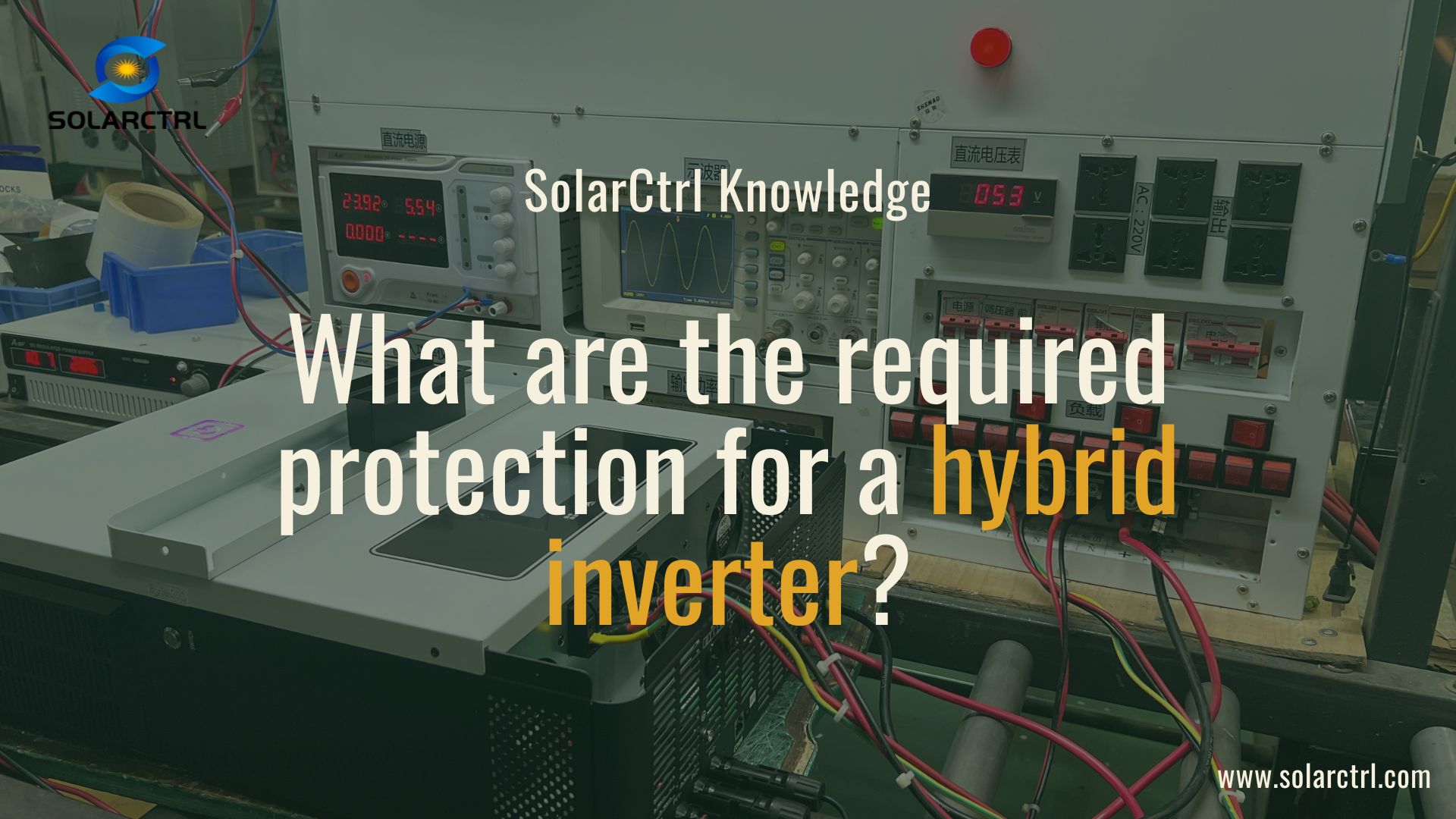
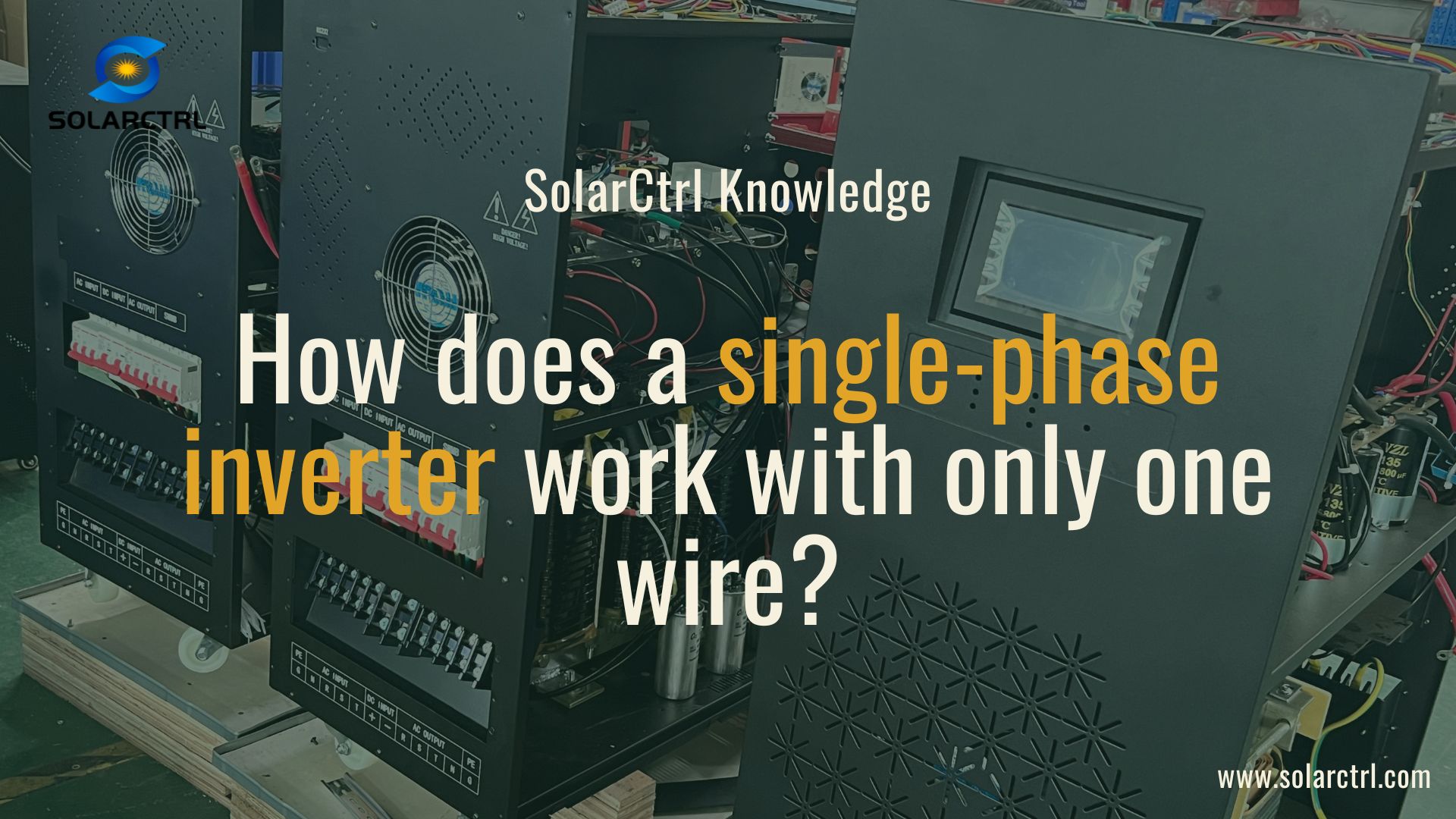







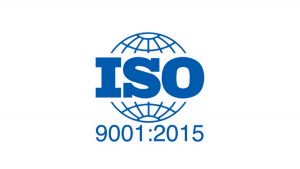
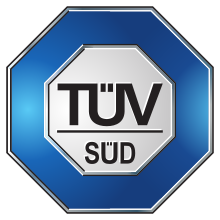
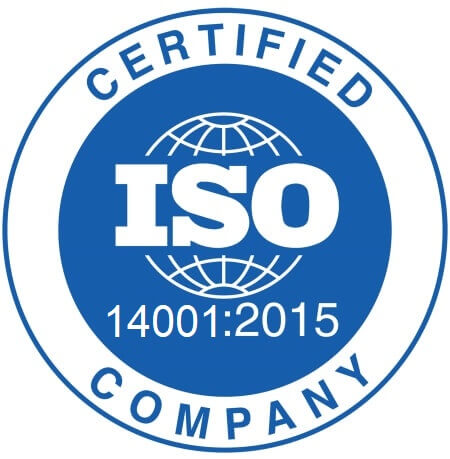

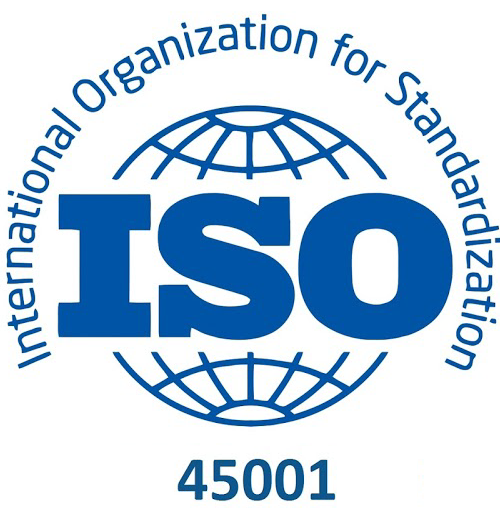

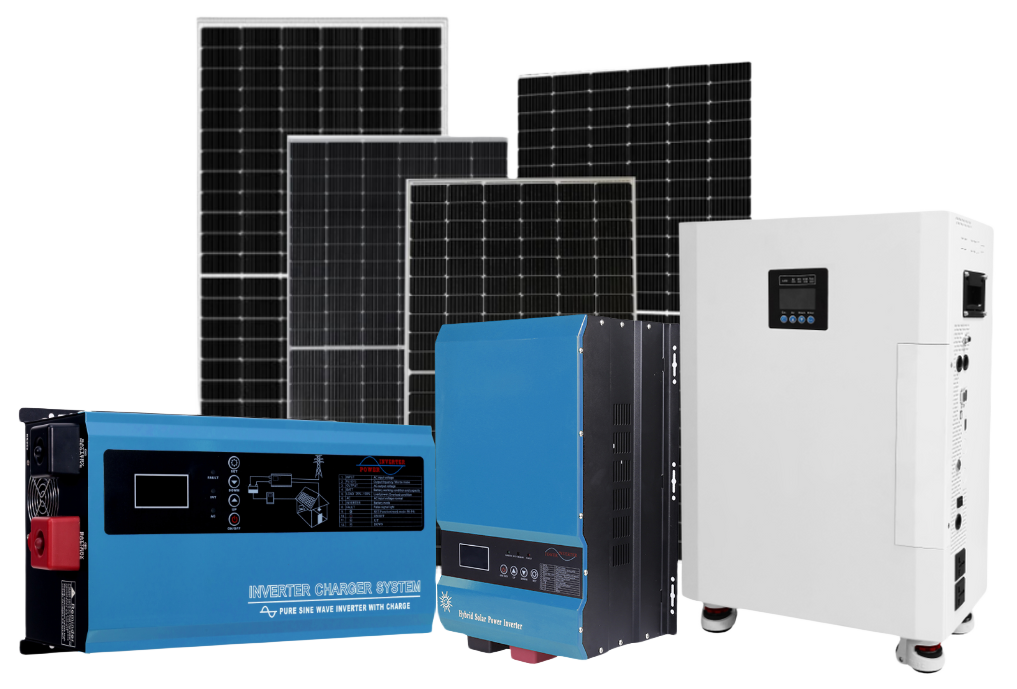
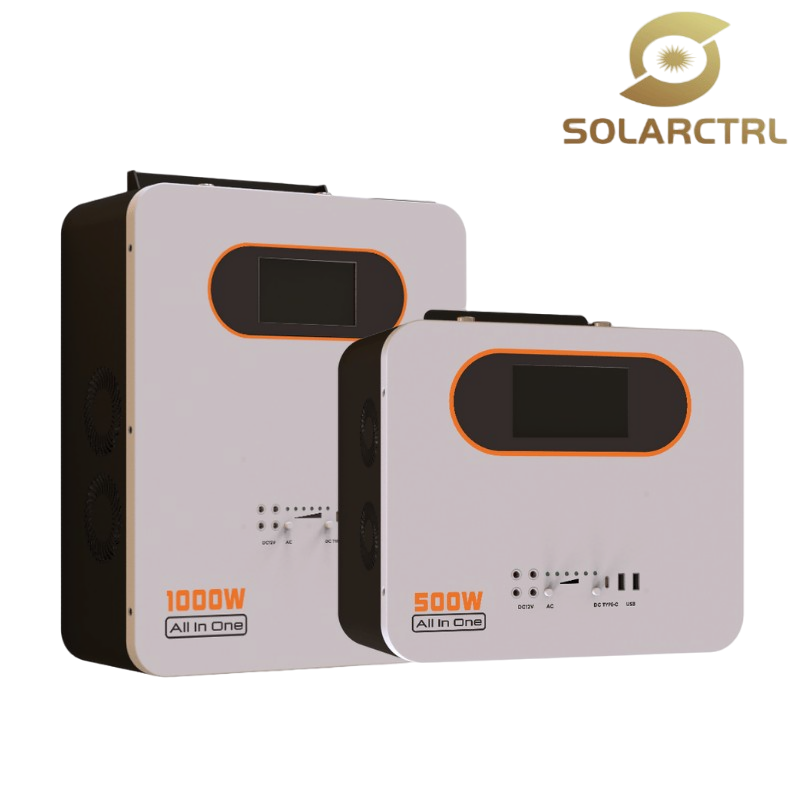
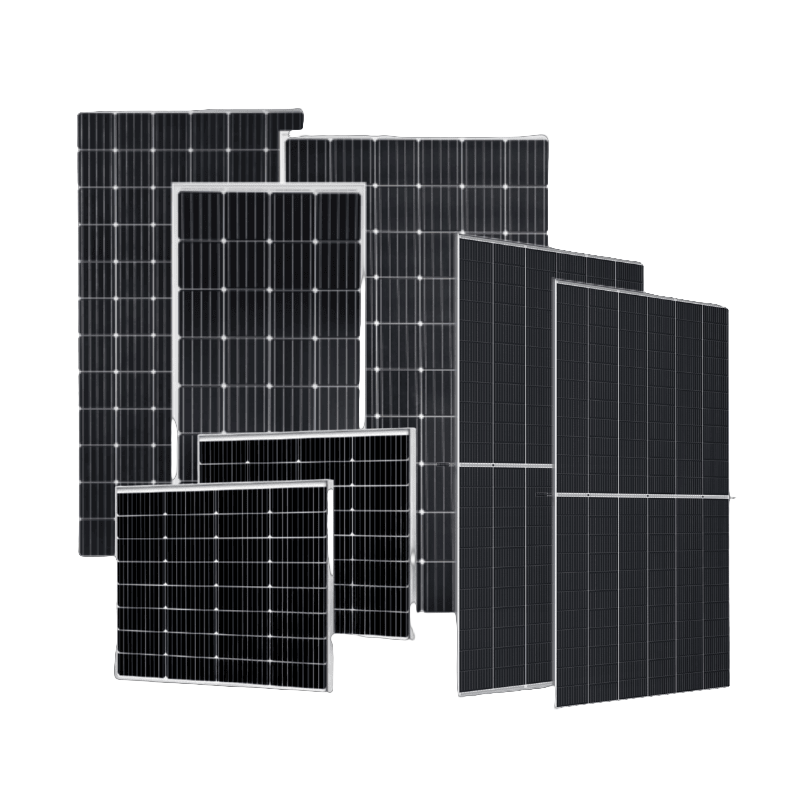
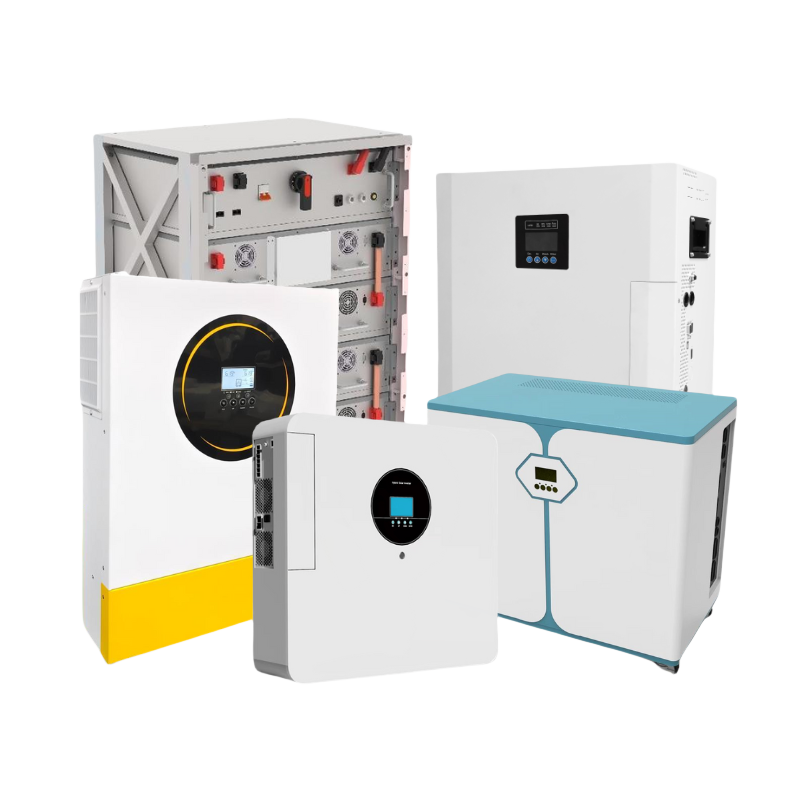
4 Responses
I have 8kW of solar panels feeding a 5kW inverter.
Are you saying this will overload the inverter and shorten it’s life?
Won’t the inverter work at it’s maximum capacity over a longer timespan,?
For instance when the sun is lower in the sky and the solar panels are not producing at their maximum capacity?
Thank you for your question. When you have 8kW of solar panels feeding a 5kW inverter, the inverter will limit its output to 5kW during peak sunlight, which is known as “clipping.” This won’t necessarily damage the inverter immediately, but consistently running at its maximum capacity can shorten its lifespan due to added strain.
The inverter will perform normally during times of lower sunlight when the panel output is below 5kW. However, to maximize efficiency and extend the life of your system, it’s advisable to match the inverter capacity more closely with your panel output or consider options like upgrading your inverter or using microinverters.
Hello,
I have (2) SMA SunnyBoy 4000W inverters. It was installed approx. 10 years ago with (32) 250W
Kyocera panels. I’m not producing the same as I was several years ago. Being string inverters ,
how can I test each panel to see how much degradation there might be. I have the option to add (4) more 400W panels to split between the two inverters. I thought by doing this it might make up for any loss over the years?
The DC input voltage is running at about 275v on each string.. The rated MPP tracking voltage for each inverter is 175v-480v with the rated operating voltage is 400v.
I’m not sure if I will causing “clipping” if I add the (4) more panels.
Thank you for your help in advance:)
Thank you for your detailed question. To check each panel’s performance, you can measure the open-circuit voltage (Voc) and short-circuit current (Isc) of each panel using a multimeter on a sunny day. Compare these values with the original specifications to estimate degradation.
Adding extra panels may help offset power loss, but ensure that the total string voltage and current remain within the inverter’s rated MPP and maximum input limits to avoid issues like “clipping” or inverter overloading. Balancing string sizes is important—try to keep the voltage and current as consistent as possible across both inverters.
If you would like product options for upgrading to Chinese-manufactured panels, inverters, or batteries, please feel free to contact our business manager via Email: fiona.cao@solarctrl.com or Whatsapp: +86 18038650138. We’ll be glad to assist with recommendations tailored to your setup!